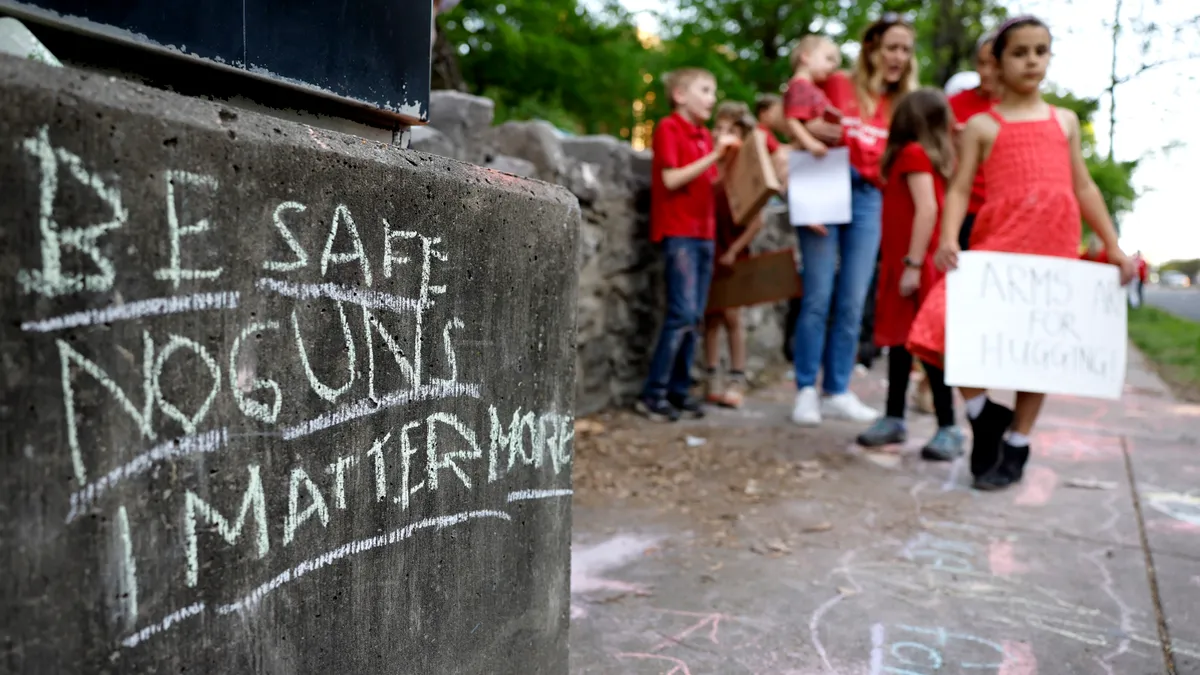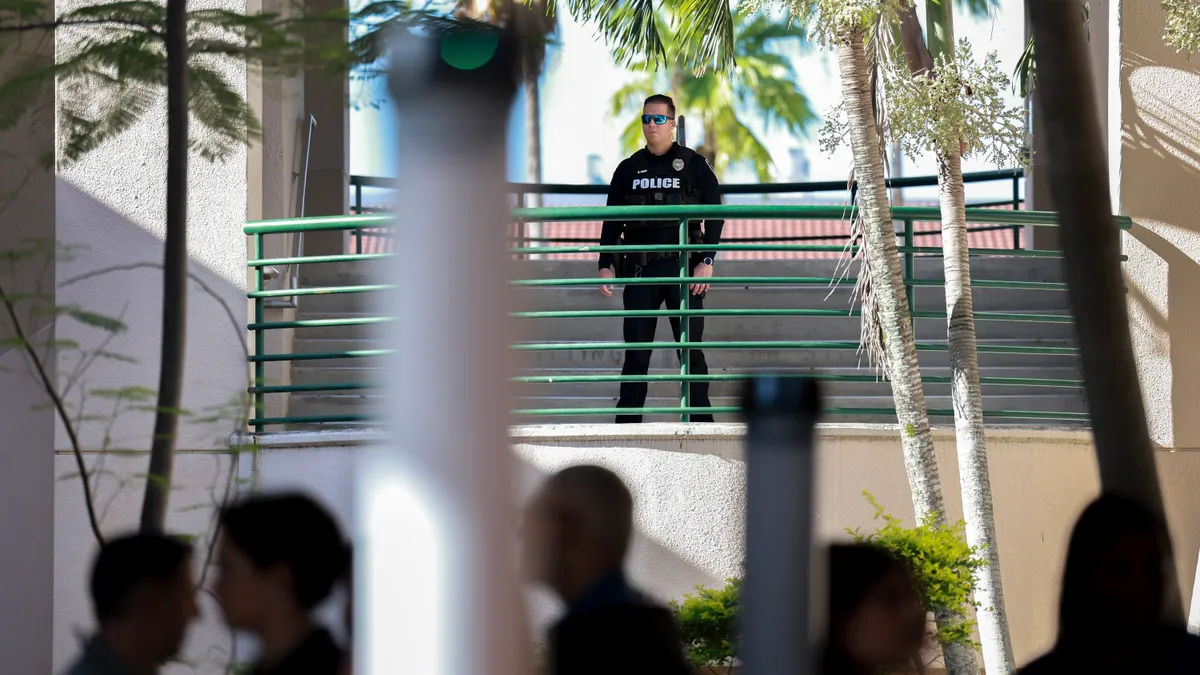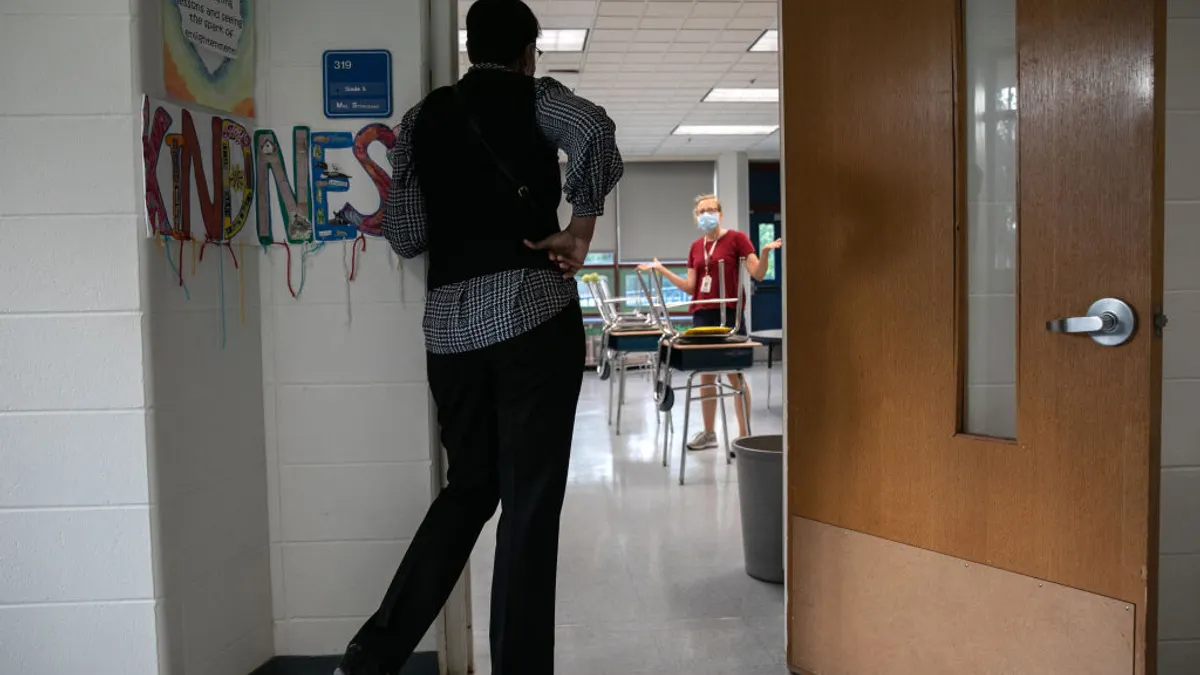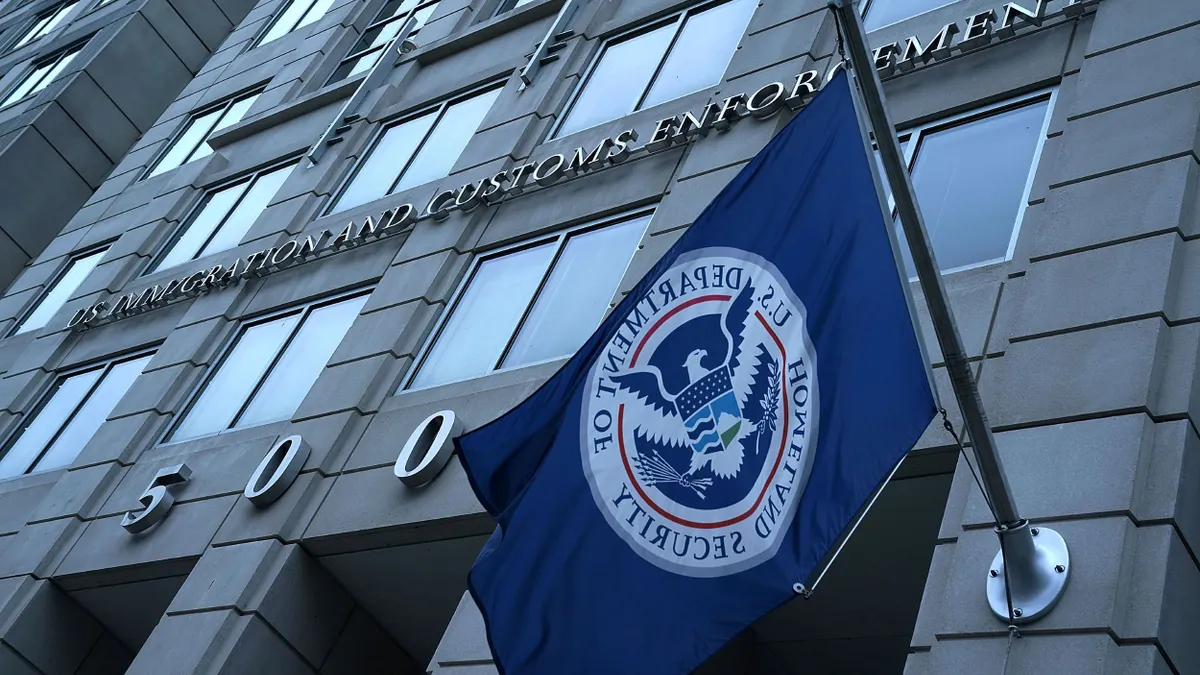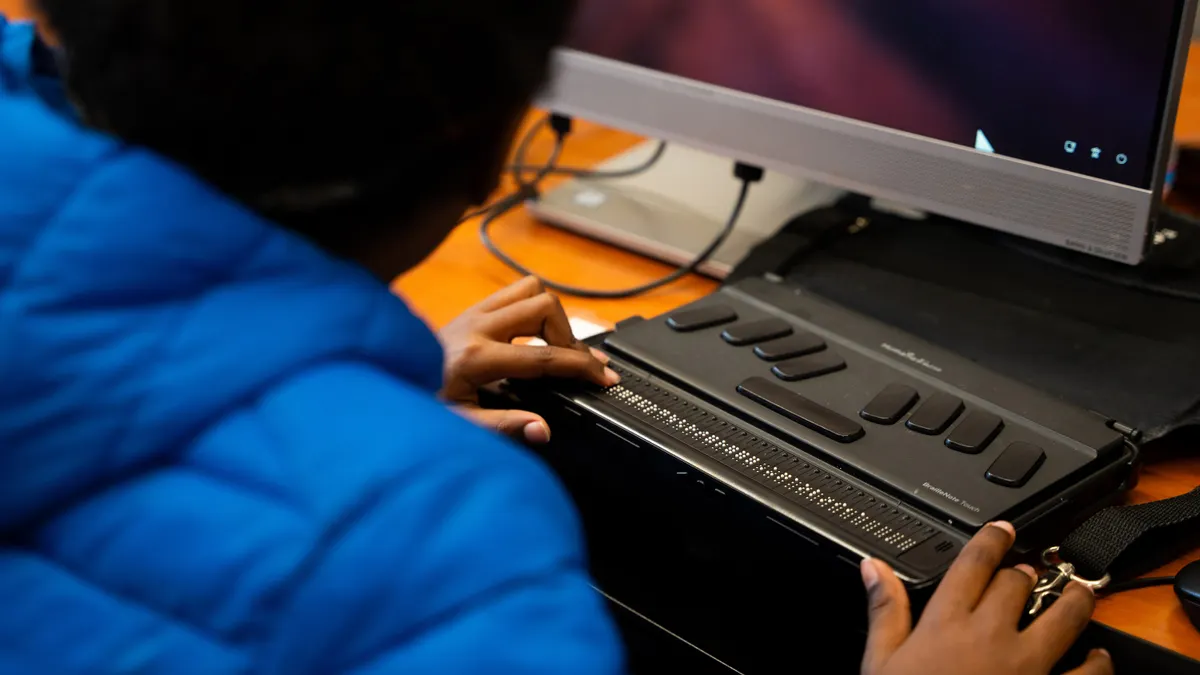School shooting threats are made by a diverse group of people, and in 40% of cases studied, it was difficult to determine if the threat was real or a joke, according to a study published this month in the American Psychological Association's Journal of Threat Assessment and Management.
Although there has been research about school shootings and behavioral threat assessments, this publicly available study is the first empirical review of school shooting threats, said co-author David Riedman, an independent researcher and founder of the K-12 School Shooting Database.
The goal of the study was to figure out patterns in who is making threats, where they are happening and what the outcomes were. The information could be a starting point for developing best practices for school administrators to respond to school shooting threats and prevent campus violence, Riedman said.
It could also lead to better practices for collecting and reporting data about school shooting threats. "What we don't do a good job of is capturing data in a centralized way, so we could be better at this if there was also a way for schools to report the types of threats that they got and the outcome of those threats," he said.
A rise in school shooting threats
The researchers examined 1,000 school shooting threats over four school years from 2018 through 2022. There is no government agency that collects, reviews and reports on school shooting threats, so the study's researchers used Google News alerts to find news reports about shooting threats to K-12 schools in the U.S. over that four-year period.
Details of each threat were coded into a database, double checked for discrepancies to ensure the data was being interpreted in a consistent manner, and then analyzed. Riedman said that although the representative sample was small, the study was a starting point to better understand school shooting threats, as well as to see what else needs closer review.
For example, the researchers found school shooting threats rose significantly in the 2021-22 school year, but it's unclear why, Riedman said. That year, 61.7% of threats to schools involved messages about shootings. In the previous school year studied — in 2020-21, when many schools were still in remote learning during the first half of the school year due to the COVID-19 pandemic — only 5.7% of threats were about school shootings.
The prevalence of school shooting threats in 2018-19 and 2019-20 was 17.9% and 14.7%, respectively. The most common month for threats to occur was December, and the most common day was Thursday. More than half — 60% — of threats took place during the school day.
Researchers also found most threats occurred online, and that 28.9% were determined to be genuine or real school shooting threats. Another 31.5% were jokes or hoaxes. For the remaining 40% of threats, it was unclear if they were credible or jokes.
While a majority of school shooting threats came from male students at large public high schools, researchers found nearly one-fifth of threats were from females. The ages of the people making threats ranged from 5 to 70, but 75.8% of the people making threats were under 18.
Looking at threat outcomes
One finding from the study that stood out to Riedman was that the most common outcome when a person made a threat was that the individual was arrested and charged with a felony. For nearly 80% of cases with known outcome data, 63.7% of the cases showed the person making the threat was arrested. When arrests were made, in 87% of the cases, the person was charged with a felony.
Riedman said when those outcomes are compared to data showing that most threats were jokes or of unknown intentions, there needs to be more consideration about the consequences of arrests and formal charges. He said research shows correlations among a young person's formal justice involvement and potential for becoming a lifelong offender.
"When we're talking about teenagers, and something that's a very strong correlate to their success across their entire life course, we should be erring with lots of caution," Riedman said.
In addition to the study's recommendations for data collection on school shooting threats and more research, the authors also suggest exploring the use of artificial intelligence to analyze the specifics and severity of school violence threats.
"The findings here suggest that AI is likely to be most effective when used as part of a larger system that includes human expertise and judgment," the study said.
For example, AI might help prioritize and triage threats, but a team of trained professionals would be needed to assess the risk based on the individual circumstances of the student in question, the study said.


